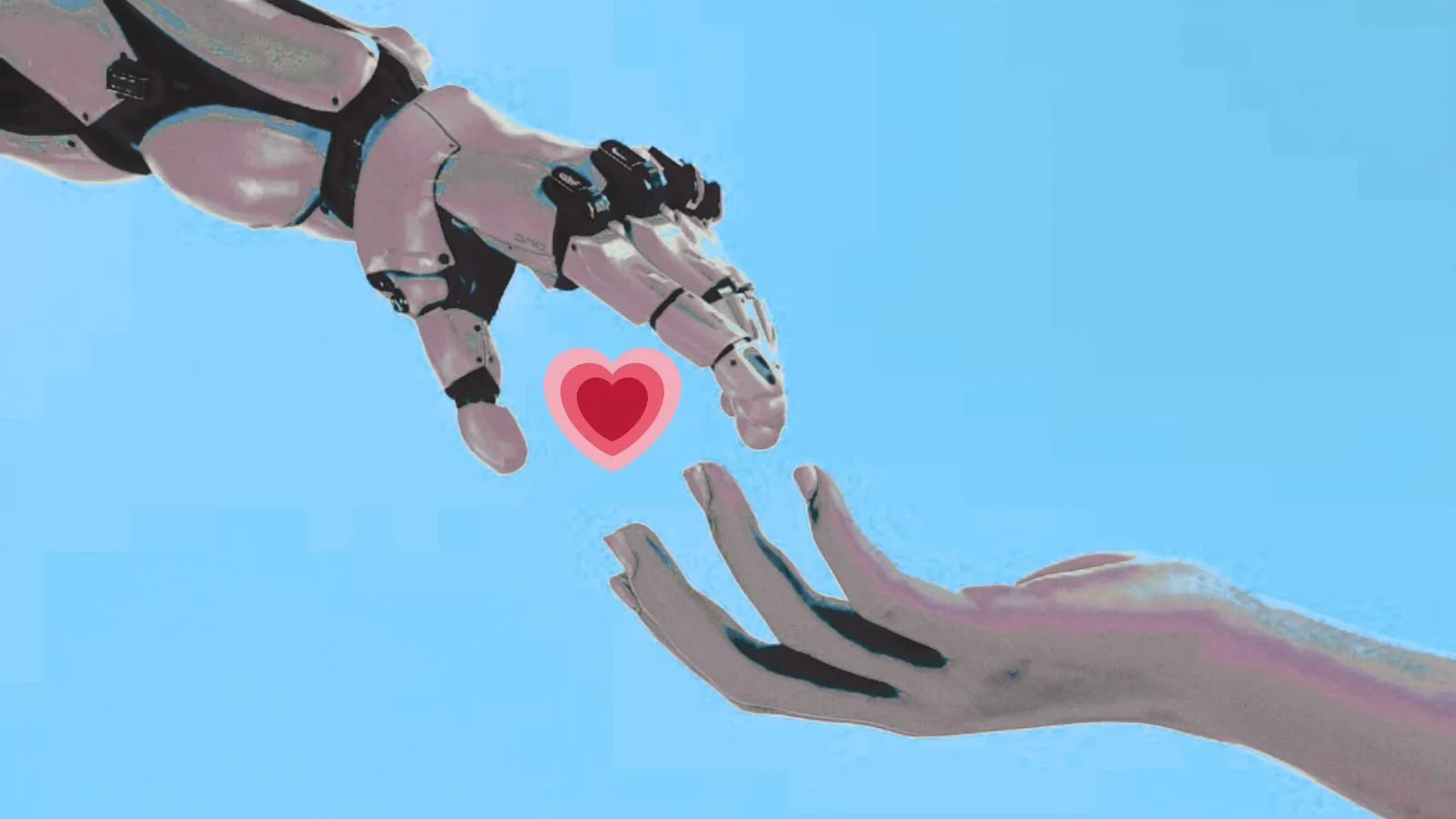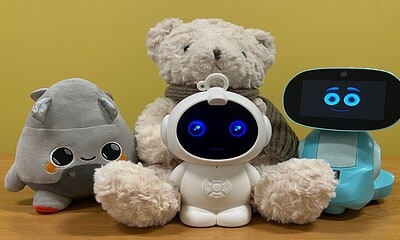AI
Are we about to pop the humanoid robot bubble?
Engineers are still struggling with basics like giving robots hands that don’t crush everything they touch, or making bodies that don’t fall over when they pick up a box.

Just a heads up, if you buy something through our links, we may get a small share of the sale. It’s one of the ways we keep the lights on here. Click here for more.
Apparently, we’re inflating a brand-new balloon filled with humanoid robots that probably still can’t fold your laundry properly.
Lately, tech watchers have been warning that we might be living inside an “AI bubble,” where investment money is flying around faster than actual useful products.
But China’s top economic planners are now sounding the alarm for another industry that’s getting a little too excited for its own good: humanoid robotics.
The idea, in theory, sounds amazing. A robot that looks like a human, moves like a human, and works like a human, but without needing coffee breaks or complaining on Slack.
In reality, though, building one is closer to an engineering nightmare.
Engineers are still struggling with basics like giving robots hands that don’t crush everything they touch, or making bodies that don’t fall over when they pick up a box shaped like, well, a box.
Despite these challenges, money keeps pouring in. In China alone, over 150 companies are now working on humanoid robots.
According to Li Chao, a spokesperson for China’s National Development and Reform Commission, this has led to a market full of robots that look different on PowerPoint slides but are, under the hood, often very similar.
The worry? Too many copy-paste robots chasing too little real demand.
Citigroup is predicting “exponential” growth in robot production next year, which sounds exciting or horrifying, depending on whether you’re picturing helpful assistants or a warehouse full of confused metal interns.
If this humanoid robot bubble does pop, the fallout could be messy. Companies that bet big might run out of money.
Smaller players may get absorbed by larger ones, or just quietly disappear like forgotten apps on your phone. Funding could dry up.
And the dream of affordable robot helpers in every home might get delayed again, because apparently, inventing a mechanical person is harder than making another AI chatbot.
On the upside, a slowdown in China could give US robotics companies a bit more breathing room, possibly lowering component costs and reducing competition for talent.
But don’t get too comfortable, this advantage would likely be temporary while China restructures and gets back on its feet.
No one knows for sure if we’re truly in a humanoid robot bubble or just in an awkward growth phase.
But if history is any guide, the tech industry loves a good hype cycle, especially one with shiny metal arms and a questionable sense of balance.
































